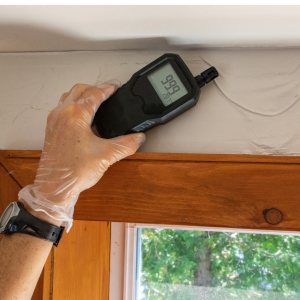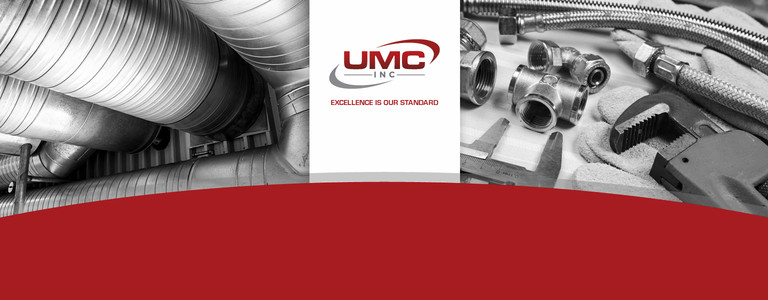 Indoor air quality (IAQ) is one of the most important, yet often overlooked, factors in building health and tenant comfort. In large commercial and multi-family buildings, poor air circulation, unbalanced ventilation, and outdated HVAC systems can lead to low air quality, impacting everything from occupant well-being to energy efficiency. At UMC, Inc., we design mechanical systems that do more than just heat or cool a space. We build them to help people breathe easier.
Indoor air quality (IAQ) is one of the most important, yet often overlooked, factors in building health and tenant comfort. In large commercial and multi-family buildings, poor air circulation, unbalanced ventilation, and outdated HVAC systems can lead to low air quality, impacting everything from occupant well-being to energy efficiency. At UMC, Inc., we design mechanical systems that do more than just heat or cool a space. We build them to help people breathe easier.
Balanced Ventilation Begins at Design
A well-functioning mechanical system must do more than heat and cool. Proper ventilation ensures that fresh air is brought in and stale air is removed at the right rates and locations. This means accounting for pressure differences between rooms, controlling airflow direction, and avoiding dead zones. Planning for ventilation early in the design process allows engineers and architects to align ductwork, airflow paths, and equipment sizing with the specific needs of the building layout. This kind of upfront coordination reduces energy waste and helps maintain consistent air quality throughout all areas of a building.
Smarter Filtration Delivers Cleaner Air
Filtration is one of the first lines of defense against poor air quality. In high-occupancy buildings, airborne particles such as dust, pollen, smoke, and bacteria can accumulate quickly if not properly managed. Higher MERV-rated filters can help trap smaller particles, but their effectiveness depends on proper placement, installation, and ongoing maintenance. Positioning return air ducts in high-use zones and ensuring easy access to change filters are small steps that can make a big difference in long-term IAQ and system performance.
Humidity Control Prevents Bigger Problems
Humidity plays a significant role in indoor comfort and system efficiency. Too much humidity can contribute to mold growth and material degradation. Too little can result in overly dry air and increased static electricity. In buildings with shared walls and common systems, managing humidity becomes even more important. Design strategies that incorporate dehumidifiers, ventilation fans, and humidity sensors in high-moisture areas like kitchens, laundry rooms, and bathrooms help maintain balance and prevent damage.
Sensors and Monitoring Offer Real-Time Insight
Modern HVAC systems increasingly rely on smart technology to manage air quality. Sensors that monitor carbon dioxide levels, volatile organic compounds (VOCs), temperature, humidity, and particulates provide valuable data about a building’s air health. These sensors can trigger adjustments in ventilation rates, activate filtration systems, or notify building managers when air quality falls below a certain threshold. This allows for a more responsive, adaptive approach to indoor air quality and helps reduce energy consumption by avoiding unnecessary system operation.
Maintenance-Friendly Layouts Save Time and Money
A well-designed system should be easy to maintain. Service access to filters, dampers, fans, and control panels allows technicians to perform routine maintenance without disrupting occupants or shutting down large sections of the building. Systems designed with maintenance in mind are typically more reliable, easier to troubleshoot, and more cost-effective over their lifecycle.
Healthier Buildings Start With Smarter Planning
As expectations for indoor environments continue to rise, mechanical system design is evolving to prioritize health as much as performance. By focusing on ventilation, filtration, humidity control, and smart monitoring, builders and developers can deliver properties that perform better and create more livable spaces. Planning for air quality from day one not only supports tenant satisfaction but also contributes to long-term asset value and sustainability.






